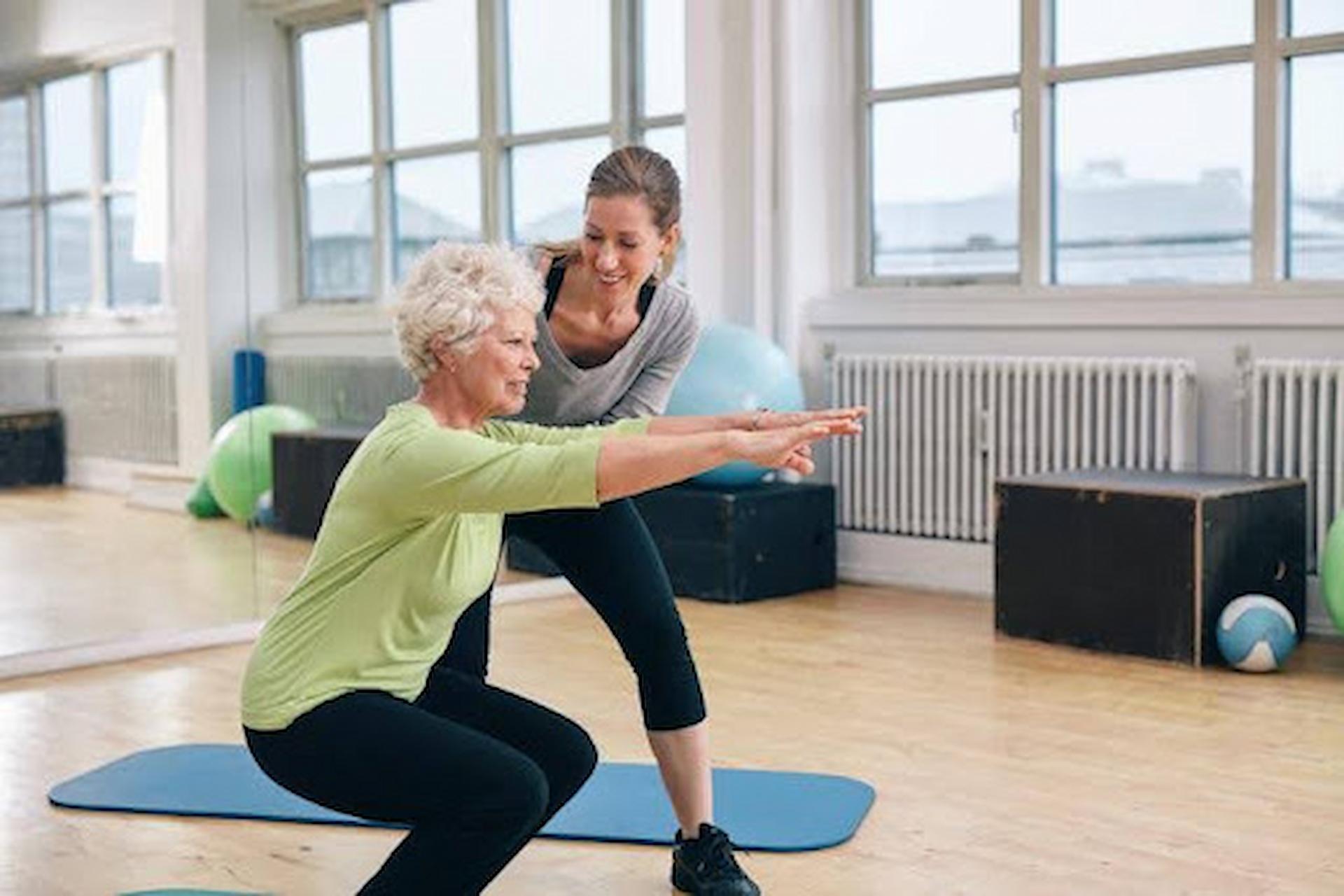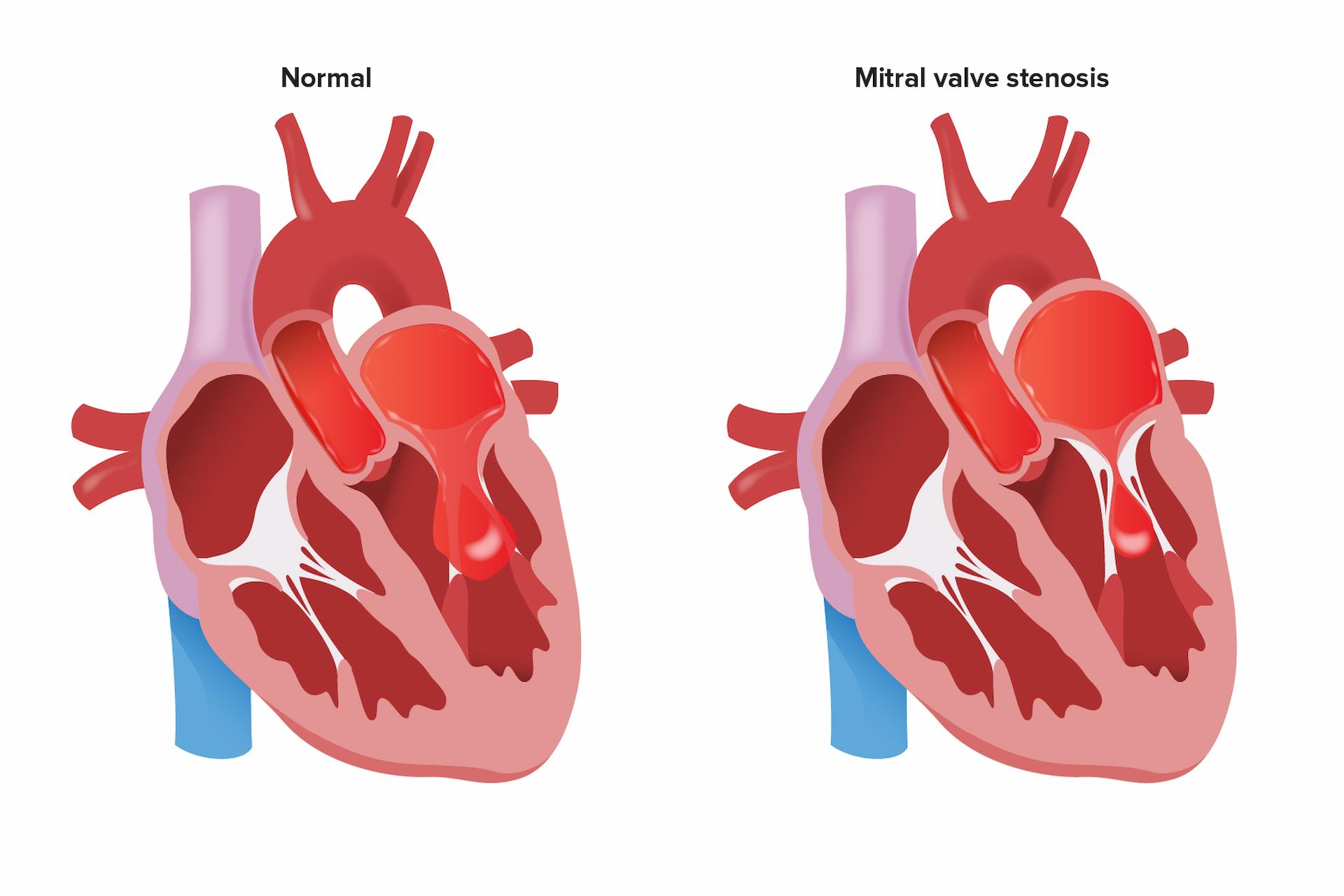Athletes in sports that rely on twisting, torque and rotational power face unique challenges when recovering from spine surgery. A standard rehabilitation plan may not provide the specialized guidance needed for a safe, effective return to play. Dr. Larry Davidson, a leader in minimally invasive spine surgery, emphasizes that rotational athletes, such as golfers, baseball players and tennis players, benefit from customized rehab strategies that restore core control, flexibility and precise movement patterns. These plans not only protect healing tissues but also help athletes rebuild the mechanics required for high-performance rotational motion.
Returning to rotational sports after spine surgery demands more than just rebuilding general strength. It calls for focused attention on movement patterns, body control and the ability to generate power efficiently, without placing undue stress on the spine. Reestablishing these mechanics through targeted training is essential for both performance and long-term spinal health.
Why Rotation Changes the Recovery Game
Unlike linear sports, rotational sports place repetitive, asymmetrical loads on the spine. Swinging a club, bat or racket generates significant torque, often magnified at the lumbar spine. After surgery, athletes need time to reestablish core stability and segmental control, before reintroducing these forces.
Without proper preparation, returning too soon or progressing too quickly can risk re-injury, compensatory strain or breakdown of surgical repairs. Rotational sports demand a blend of flexibility, strength, balance and timing. A tailored plan ensures these elements are rebuilt in harmony, rather than piecemeal.
Core Stability and Segmental Control
At the heart of every rotational movement is core strength, not just in the superficial abdominal muscles, but in the deep stabilizers that protect the spine. Rehab plans for rotational athletes should include targeted exercises to engage the transverse abdominis, multifidus and pelvic floor muscles.
These exercises often begin in controlled positions, such as supine or quadruped, and gradually progress to standing and dynamic drills. Segmental control means teaching each part of the spine to move as intended, while minimizing compensation. Athletes work on dissociating hip, thoracic and lumbar spine movements to reduce strain on healing tissues during rotation.
Flexibility With Purpose
Rotational sports rely on mobility in the hips, thoracic spine and shoulders. A rehab plan must address flexibility in these regions to prevent excessive motion demands on the lower back. Stretching and mobility drills should be purposeful, focusing on areas where limitations could increase stress on the surgical site.
For example, restoring thoracic rotation allows golfers and tennis players to achieve a full swing, without overloading the lumbar spine. Dynamic stretching routines that mimic sport movements prepare athletes for a gradual return to play, while supporting safe mechanics.
Progressive Loading and Speed
Reintroducing rotation should follow a clear progression. Early stages involve slow, controlled rotational movements, such as gentle trunk rotations or resisted band exercises. As strength and control improve, athletes can begin working on higher-speed movements, but only after meeting stability and flexibility benchmarks. Medicine ball throws, cable woodchops and swing drills are introduced gradually, with attention to form and spinal alignment.
Dr. Larry Davidson highlights that rotational athletes should resist the urge to rush during this phase. Building speed without a strong foundation of control increases the risk of setbacks and re-injury. Patience, consistency and clear benchmarks for progression help athletes return safely to high-level performance. Long-term success depends not only on power and speed, but also on precision and stability throughout every phase of the motion.
Sport-Specific Reintroduction
Once baseline strength, flexibility and control are restored, rehab plans should incorporate sport-specific drills. These drills bridge the gap between general recovery and true performance readiness, allowing athletes to gradually reintroduce the skills and movements unique to their sport.
Golfers might begin with putting and chipping before progressing to full swings, focusing on balance, rotation, and control. Baseball players can work on throwing mechanics before returning to batting practice, refining accuracy and building arm strength safely. Tennis players may start with mini-court work before advancing to full-court rallies, emphasizing footwork, timing and stroke precision.
This phase helps athletes regain confidence, fine-tune their technique and identify lingering deficits that need attention, before full competition. It also provides an opportunity to reinforce proper mechanics and prevent compensatory movements that could lead to injuries. With careful monitoring and adjustments from the rehab team, athletes can build both physical readiness and mental assurance for a successful return to play.
The Role of Physical Therapy
Physical therapists guide rotational athletes through each stage of recovery, providing hands-on feedback, individualized progressions and corrective strategies. They monitor movement patterns, ensure proper muscle recruitment and help athletes address subtle asymmetries that can lead to overload injuries. Regular check-ins make it possible to adjust the plan as needed, keeping it in line with medical guidance and the athlete’s performance goals.
Therapists also help athletes learn self-monitoring skills, enabling them to recognize when they are pushing too hard or compensating in ways that could harm recovery. These skills empower athletes to make smarter decisions during both formal rehab sessions and independent training.
By developing greater body awareness, athletes can spot early signs of fatigue, imbalance or improper technique. This proactive approach helps reduce the risk of re-injury and supports long-term athletic health. In turn, athletes gain confidence in managing their progress and maintaining safe habits beyond the rehab setting.
Addressing Psychological Readiness
Fear of re-injury is common among rotational athletes, especially given their sports’ explosive, high-torque nature. A comprehensive rehab plan addresses mental readiness alongside physical progress.
Visualization, gradual exposure to sports movements and positive reinforcement help athletes rebuild confidence in their bodies’ ability to perform.
Support from therapists, coaches and sports psychologists plays a vital role in helping athletes overcome mental barriers and build resilience. These professionals can guide athletes through techniques such as visualization, graded exposure to sports-specific movements and positive reinforcement, all of which build trust in the body’s ability to perform safely. When mental readiness is addressed alongside physical recovery, athletes are more likely to return with confidence, composure and a mindset equipped for long-term success.
Red Flags and When to Reassess
Athletes should be aware of warning signs that suggest the need to pause or modify their rehab plans. Persistent or worsening back pain, new nerve symptoms or difficulty controlling rotational movements may indicate that progression is too rapid, or that compensations are placing stress on vulnerable areas.
Staying in open communication with your care team helps ensure your rehab plan stays on track. Equally important is listening to your body. Athletes who tune in to its signals are more likely to make a confident and lasting return to their sport.
Movement Matters
Returning to rotational sports after spine surgery is a journey that requires precision, patience and partnership with a knowledgeable care team. By building a rehab plan that addresses the unique demands of twisting and torque, athletes can protect their spines, restore their mechanics and regain the power and grace that define their sport.
Long-term success comes from respecting the recovery process, staying committed to proper movement patterns and maintaining both physical and mental readiness. With the right support and consistent effort, athletes can return not just to participation but to confident, high-level performance rooted in control, strength and resilience.




